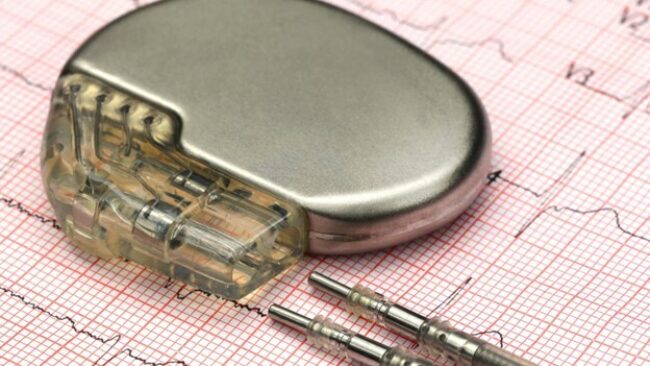
A device is an instrument, apparatus, implant, or other similar article that is used in the prevention, diagnosis, or treatment of illness or disease. It can also be used for detecting, measuring, restoring, correcting, or modifying the structure or function of the human or animal body for a health purposes. Devices do not rely on metabolism or any other chemical action for their primary intended purpose.
Devices are assigned to one of three regulatory classes (I, II, or III) based on the level of control necessary to assure the product’s safety and effectiveness. The risk the device poses to a patient and/or user significantly influences its class determination. Defining the product’s intended use and indications for use is essential to determine whether you have a medical device and for device classification. For more information, visit this page on the FDA site.
Class III devices pose the highest level of risk to patients and/or users. These devices support or sustain human life, are of substantial importance in preventing impairment of human health, or present a potential, unreasonable risk of illness or injury. Examples of Class III devices are cardiac stents that are implanted in coronary arteries and insulin pumps for the management of glucose in diabetic patients. Consequently, these devices undergo much higher scrutiny by the FDA. For class III devices, companies must file a premarket approval (PMA) application to evaluate their safety and effectiveness and to obtain FDA approval for commercial distribution.